Troisvierges
Ëlwen | |
|---|---|
 Binsfeld street | |
 Coat of arms | |
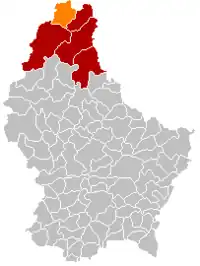 Map of Luxembourg with Troisvierges highlighted in orange, and the canton in dark red | |
| Coordinates: 50°07′00″N 6°00′00″E / 50.1167°N 6°E | |
| Country | |
| Canton | Clervaux |
| Area | |
| • Total | 37.86 km2 (14.62 sq mi) |
| • Rank | 15th of 102 |
| Highest elevation | 560 m (1,840 ft) |
| • Rank | 1st of 102 |
| Lowest elevation | 407 m (1,335 ft) |
| • Rank | 102nd of 102 |
| Population (2023) | |
| • Total | 3,513 |
| • Rank | 49th of 102 |
| • Density | 93/km2 (240/sq mi) |
| • Rank | 71st of 102 |
| Time zone | UTC+1 (CET) |
| • Summer (DST) | UTC+2 (CEST) |
| LAU 2 | LU0000504 |
| Website | troisvierges.lu |
Troisvierges (French: [tʁwɑvjɛʁʒ]; Luxembourgish: Ëlwen [ˈəlvən] ⓘ; German: Ulflingen [ˈʊlflɪŋən]) is a commune and town in northern Luxembourg, in the canton of Clervaux. The two highest hills in Luxembourg, the Kneiff (560 m) and Buurgplaatz (559 m), are located in the commune.
As of 2005, the town of Troisvierges, which lies in the south of the commune, has a population of 1,365. Other towns within the commune include Basbellain, Drinklange, Hautbellain, Huldange, and Wilwerdange.
Until 28 December 1908, the commune was known as "Basbellain", after its former administrative centre. On that date, the administrative centre was moved from Basbellain to Troisvierges.[1]
The coat of arms granted to Troisvierges in 1982 shows three virgins, representing Faith, Hope and Charity; a mountain, for the Oesling region; a stylised papal cross from the oldest known document naming the place; and a railway and wheel, for the importance of the railway in the town's development.[2]
History
The first known reference to the place was made in 1353 under its German name Ulflingen. The French name Troisvierges was adopted in the 17th century when Walloon pilgrims started using it to refer to the three virgins Saint Fides, Saint Spes and Saint Caritas. The Franciscan church of Troisvierges was built in 1658. By 1900, most of the local population were railway and customs employees. There were some 1,550 inhabitants in 1910.
Troisvierges is known for being the site of the start of hostilities on the Western Front in the First World War. On 1 August 1914, German soldiers of the 69th Infantry Regiment disembarked at the town's railway station, violating the terms of Germany's use of the railways and hence violating Luxembourg's neutrality. This began a four-year occupation of Luxembourg by German forces.[3]
Notable people
- Nicolas Adames (1813-1887), the first Bishop of Luxembourg.
- Pierre Prüm (1886–1950), politician and jurist, 14th Prime Minister of Luxembourg, 1925/1926.
- Albert Neumann (1899–1976), a Luxembourgian gymnast, competed at the 1924 and 1928 Summer Olympics
- Jean-Pierre Schmitz (1932–2017), a Luxembourgish professional road bicycle racer.
Population
Twin towns — sister cities
Troisvierges is a member of the Charter of European Rural Communities, a town twinning association across the European Union, alongside with:[5]
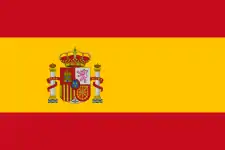 Bienvenida, Spain
Bienvenida, Spain.svg.png.webp) Bièvre, Belgium
Bièvre, Belgium Bucine, Italy
Bucine, Italy Cashel, Ireland
Cashel, Ireland Cissé, France
Cissé, France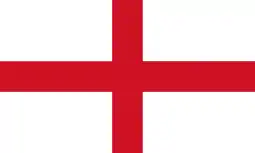 Desborough, England, United Kingdom
Desborough, England, United Kingdom Esch, Netherlands
Esch, Netherlands Hepstedt, Germany
Hepstedt, Germany Ibănești, Romania
Ibănești, Romania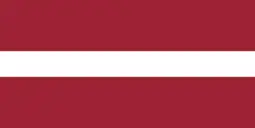 Kandava, Latvia
Kandava, Latvia Kannus, Finland
Kannus, Finland Kolindros, Greece
Kolindros, Greece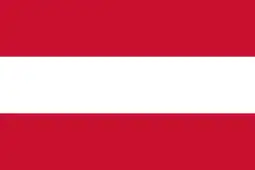 Lassee, Austria
Lassee, Austria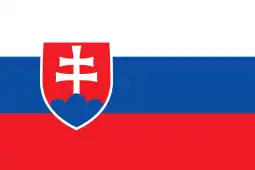 Medzev, Slovakia
Medzev, Slovakia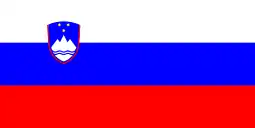 Moravče, Slovenia
Moravče, Slovenia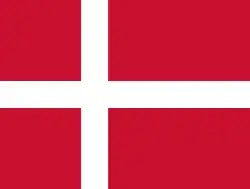 Næstved, Denmark
Næstved, Denmark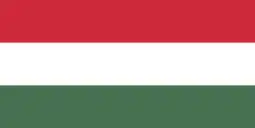 Nagycenk, Hungary
Nagycenk, Hungary Nadur, Malta
Nadur, Malta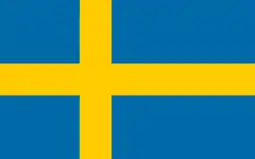 Ockelbo, Sweden
Ockelbo, Sweden Pano Lefkara, Cyprus
Pano Lefkara, Cyprus Põlva, Estonia
Põlva, Estonia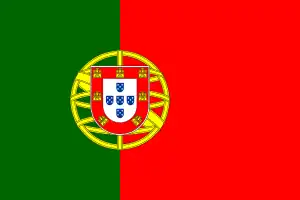 Samuel, Portugal
Samuel, Portugal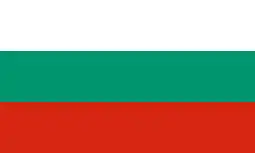 Slivo Pole, Bulgaria
Slivo Pole, Bulgaria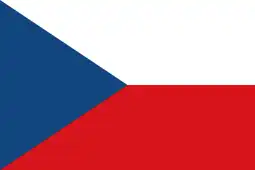 Starý Poddvorov, Czech Republic
Starý Poddvorov, Czech Republic Strzyżów, Poland
Strzyżów, Poland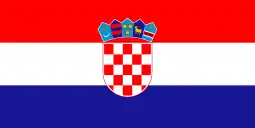 Tisno, Croatia
Tisno, Croatia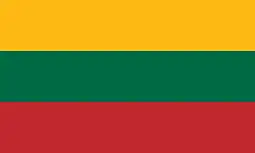 Žagarė, Lithuania
Žagarė, Lithuania
Images
 Troisvierges townhall
Troisvierges townhall St Andrew's church
St Andrew's church Interior of St Andrew's church
Interior of St Andrew's church Altar of the Three Virgins, St Andrew's church
Altar of the Three Virgins, St Andrew's church
References
- ↑ "Mémorial A, 1908, No. 77" (PDF) (in French). Service central de législation. Retrieved 2006-10-29.
- ↑ Heraldry of the World
- ↑ Tuchman, Barbara, The Guns of August. (Macmillan, New York: 1962) 82
- ↑ "Population par canton et commune". statistiques.public.lu. Retrieved 11 January 2022.
- ↑ "Charter members". europeancharter.eu. Charter of European Rural Communities. Retrieved 2019-09-05.
External links
 Media related to Troisvierges at Wikimedia Commons
Media related to Troisvierges at Wikimedia Commons
